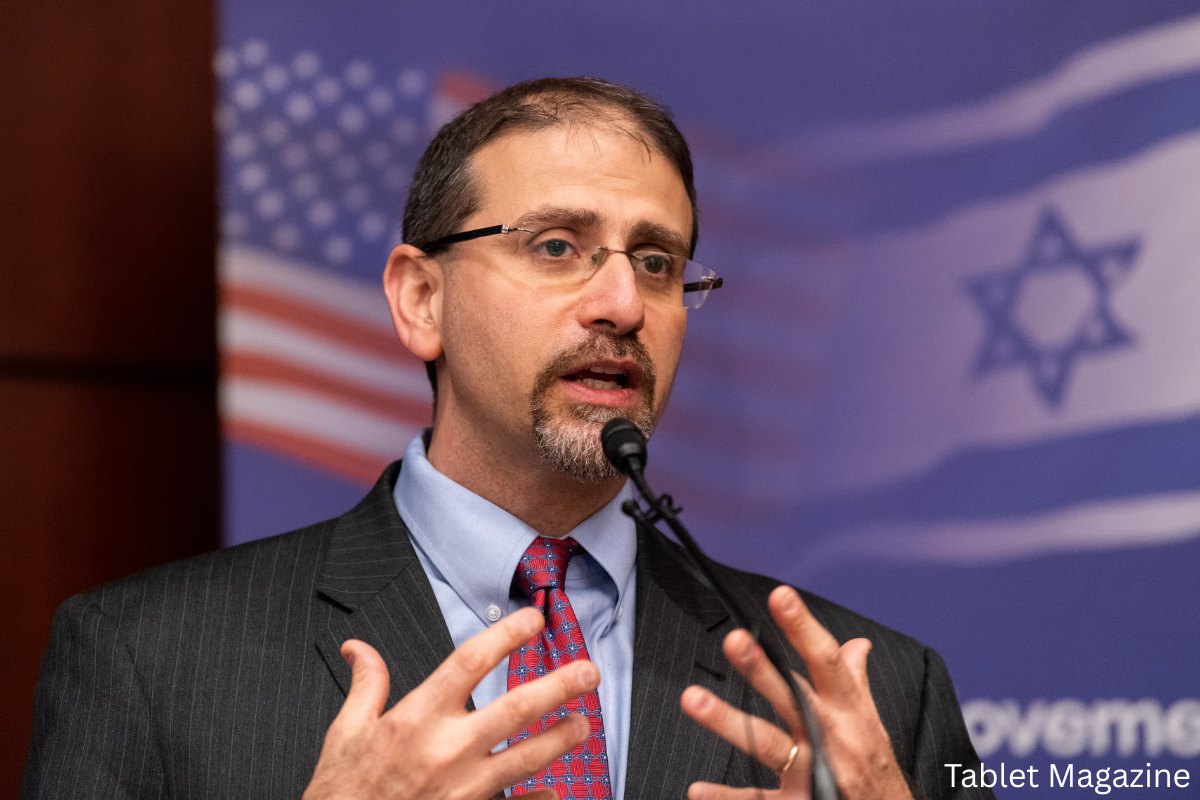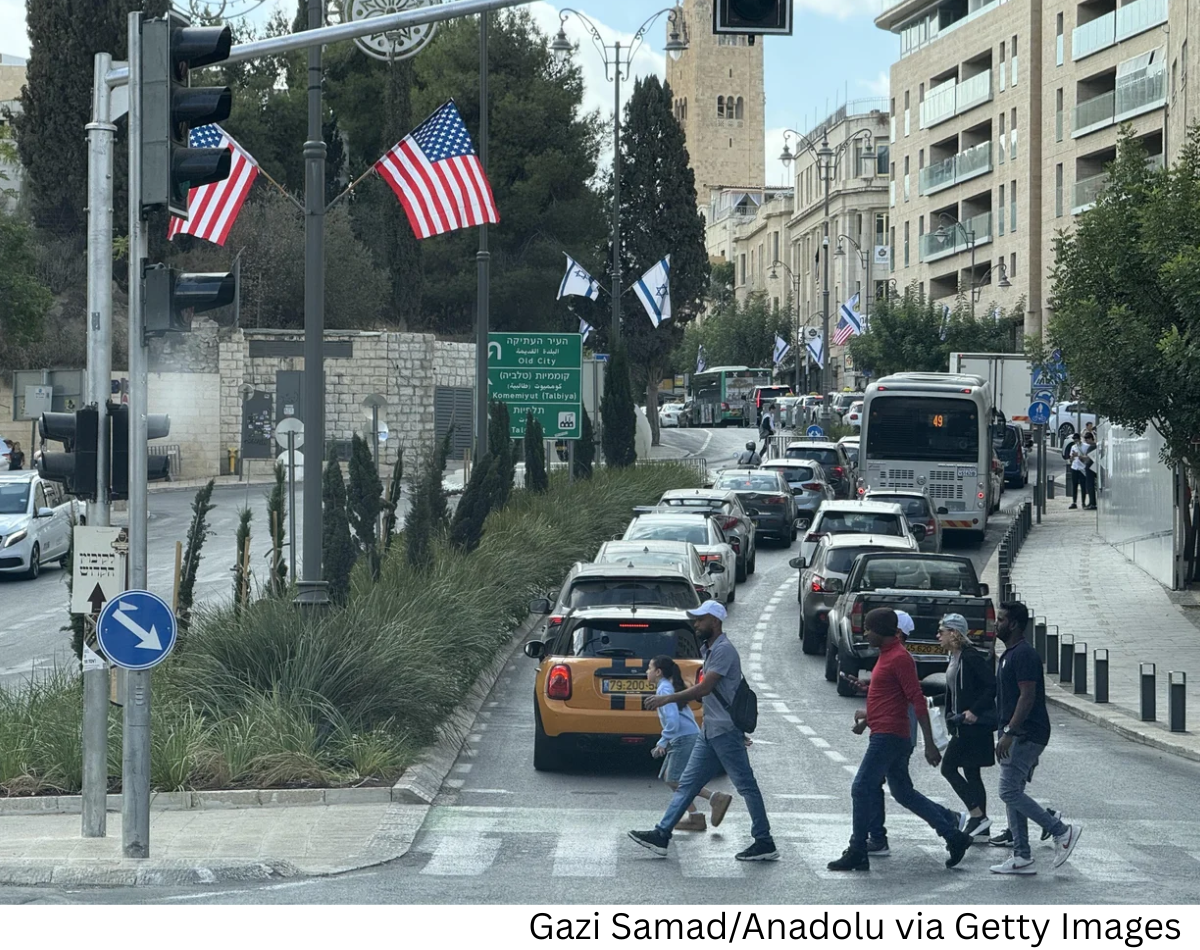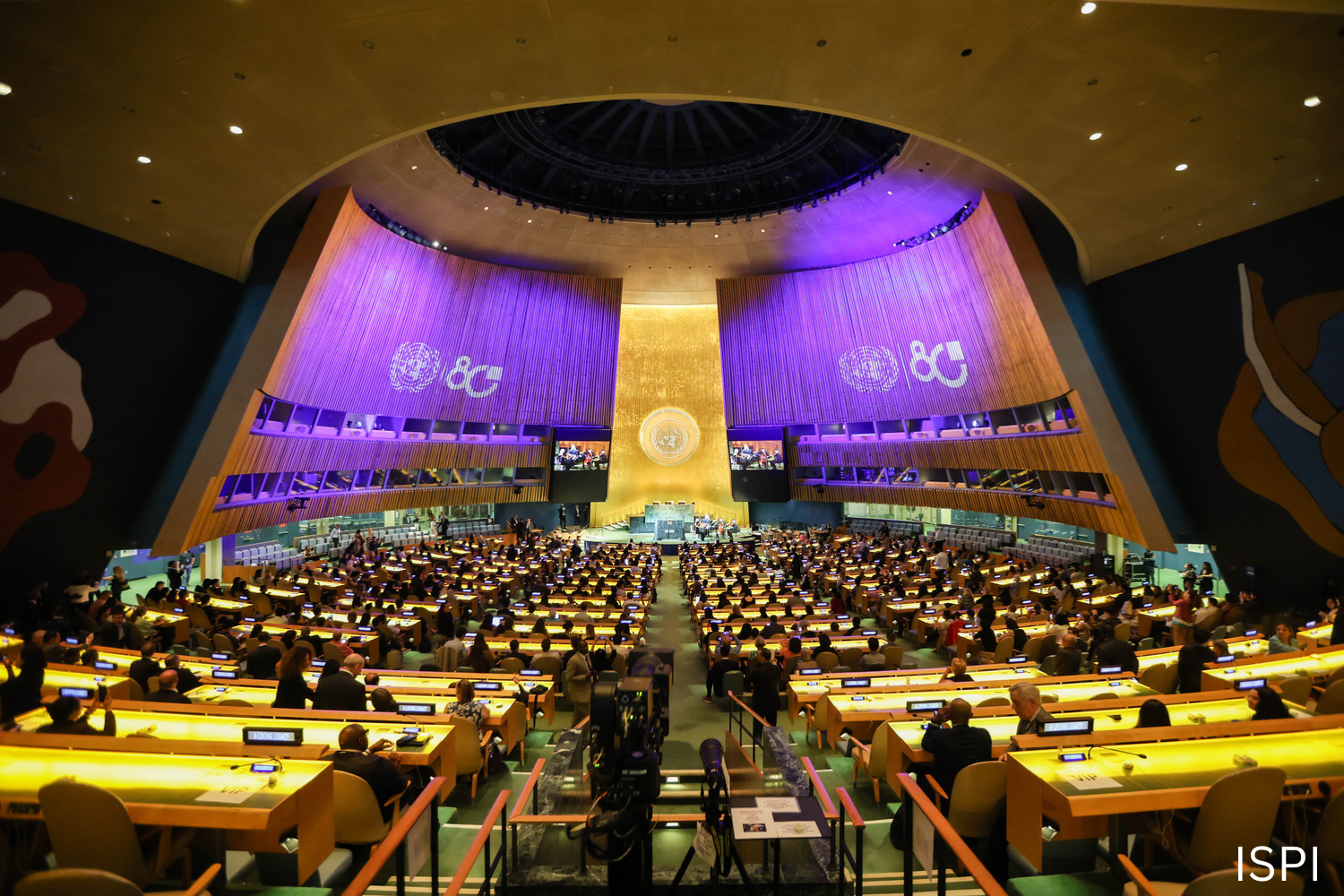Daniel Shapiro, who served as U.S. ambassador to Israel during the Obama administration, expressed strong confidence on Friday that the initial phase of the Israel-Hamas peace agreement — including the release of hostages — will proceed as planned. Speaking to CBS News chief Washington correspondent Major Garrett, Shapiro highlighted the significance of the first phase of President Trump’s 20-point Middle East peace plan and the steps being taken to stabilize Gaza.
Phase One Already Underway
Shapiro emphasized that “Phase one is already underway,” noting that the ceasefire has brought a temporary halt to active hostilities. “The guns have fallen silent. And then over the next 72 hours, the most important element will happen,” he said, referring to the expected release of the remaining hostages held by Hamas.
According to Israeli officials, 48 hostages remain in Gaza, with 20 believed to be alive. The hostages’ release is linked to the exchange of Palestinian prisoners and the flow of humanitarian aid into Gaza. Shapiro noted that the first phase also includes a significant increase in aid delivery compared with previous efforts, which is intended to address urgent humanitarian needs and stabilize communities heavily affected by the conflict.
Humanitarian Aid and Prisoner Exchanges
Shapiro highlighted that, in addition to the hostage release, the deal involves the transfer of hundreds of Palestinian prisoners back to Gaza. This element of the agreement, he explained, is designed to create reciprocity between the parties and build trust for the subsequent phases of the peace plan.
The increased humanitarian aid is a critical component of the initial phase. Tens of thousands of displaced Palestinians have begun returning to northern Gaza to salvage belongings and assess damage to their homes and neighborhoods. Aid organizations, including UNICEF and local NGOs, have scaled up operations to deliver food, medical supplies, and temporary shelter. Shapiro described this effort as “much higher levels [of aid] than before,” underscoring the plan’s emphasis on addressing the immediate needs of Gaza’s civilian population.
The Challenges of Phase Two
While Shapiro expressed confidence in the initial phase, he agreed with former Secretary of State Hillary Clinton that the “real hard work of phase two has barely begun.” Phase two of the 20-point peace plan involves longer-term goals, including rebuilding Gaza, establishing stable governance, and initiating political discussions between Israelis and Palestinians.
Shapiro stressed that these efforts could be contingent upon disarming Hamas and reducing its influence over Gaza. “None of those things will happen if Hamas still clings to power and still poses a threat to Israel, or continues to crush the people of Gaza,” he said. This highlights the delicate balance required in negotiating a sustainable peace while ensuring security for both Israelis and Palestinians.
Rebuilding Gaza and Political Dialogue
Phase two of the plan envisions a comprehensive rebuilding of Gaza’s infrastructure, including homes, schools, hospitals, and public services. The goal is to restore normalcy to communities affected by years of conflict, while also creating conditions for a political horizon that encourages dialogue between Israelis and Palestinians.
Shapiro emphasized that meaningful progress will depend on both parties’ willingness to compromise and participate in the reconstruction and political processes. International support, particularly from the U.S. and regional partners, will be essential to facilitating these efforts. Coordination of humanitarian aid, security stabilization, and local governance training are all critical components for ensuring that Gaza can recover sustainably and that future hostilities are minimized.
U.S. Role and Regional Cooperation
Shapiro’s comments also underscored the United States’ active role in implementing the ceasefire and ensuring that the hostages’ release and aid deliveries occur as planned. The Trump administration has coordinated closely with Arab partners, including Jordan, Egypt, and Qatar, to provide security oversight, train vetted Palestinian police forces, and establish a temporary stabilization force in Gaza.
This combination of diplomatic pressure, military coordination, and humanitarian support is designed to create a structured environment for the ceasefire to hold. Shapiro noted that these steps are essential for building trust between the parties and providing a foundation for broader negotiations under phase two.
Looking Ahead
The coming days are crucial for the success of phase one. The 72-hour period for Hamas to release hostages represents both a test of compliance and a critical milestone for trust-building between the parties. Meanwhile, the delivery of humanitarian aid will provide tangible support to residents returning to destroyed neighborhoods.
Shapiro’s confidence reflects optimism that the mechanisms put in place — including U.S. oversight, regional cooperation, and humanitarian support — will allow the first phase to be completed successfully. However, he cautioned that the more complex political and security challenges of phase two will require continued effort, negotiation, and international engagement.






.png)

.png)